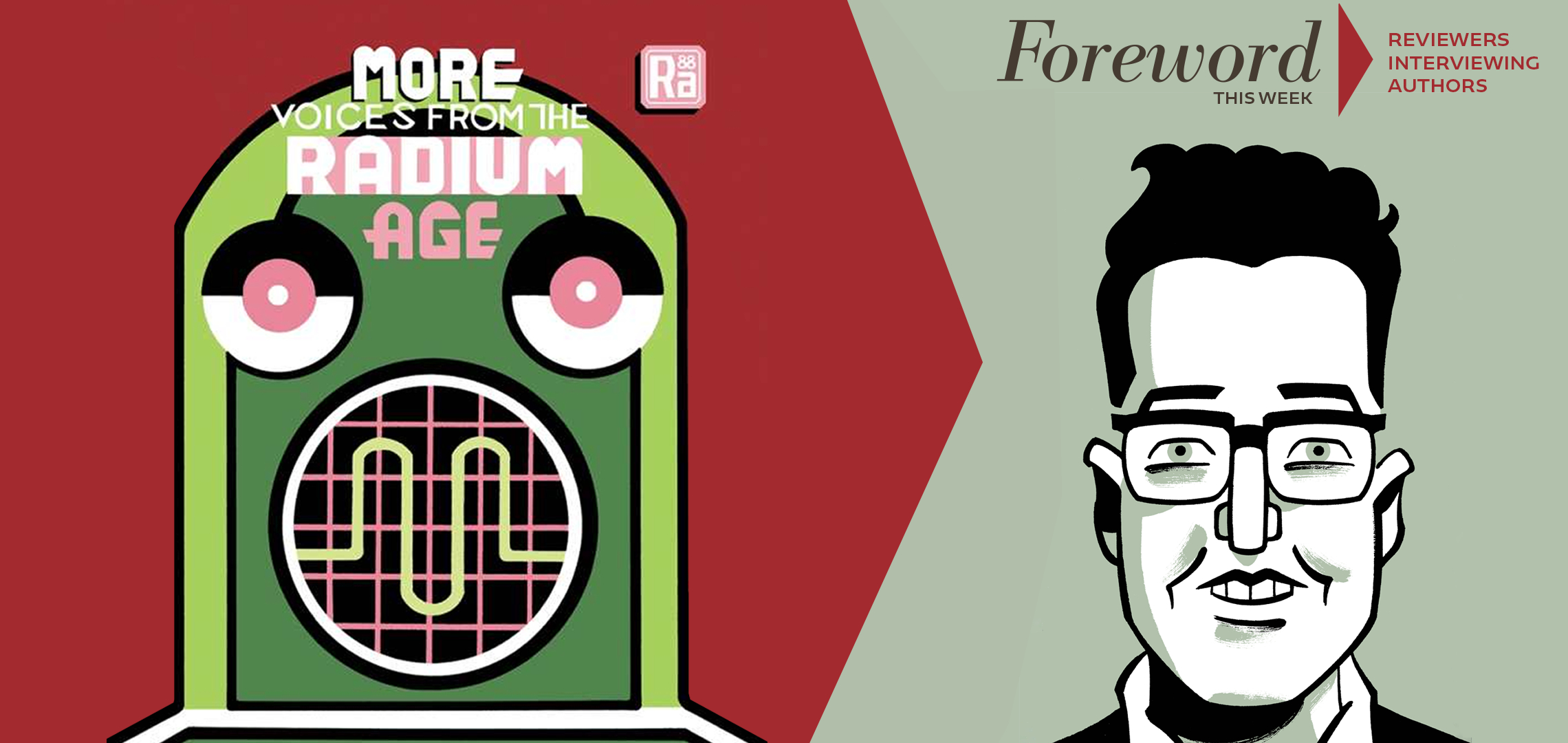RADIUM AGE 3Q2023
By:
September 27, 2023
Under the direction of HILOBROW’s Josh Glenn, in 2022 the MIT Press launched its RADIUM AGE series of proto-sf reissues from 1900–1935.
In these forgotten classics, sf readers will discover the origins of enduring tropes like robots (berserk or benevolent), tyrannical supermen, dystopias and apocalypses, sinister telepaths, and eco-catastrophes. With new contributions by historians, science journalists, and sf authors, the RADIUM AGE book series recontextualizes the breakthroughs and biases of these proto-sf pioneers, and charts the emergence of a burgeoning literary genre.
RADIUM AGE SERIES UPDATES: 2022 | 2023 | 2024 | 1Q2025 | 2Q2025. FULL SERIES INFO.
G.K. CHESTERTON
Introduction by MADELINE ASHBY
(August 1, 2023)
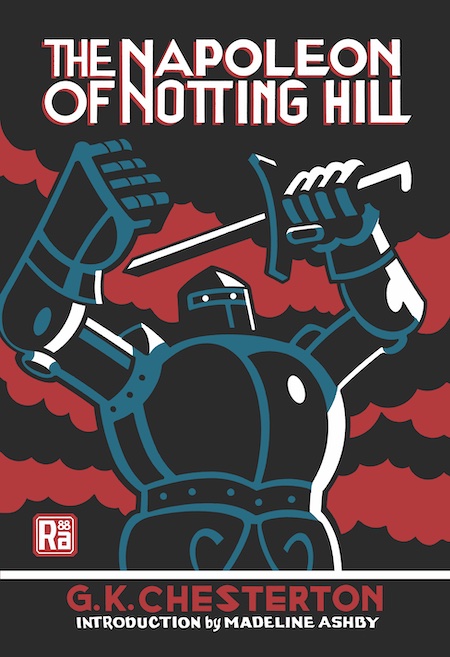
When Auberon Quin, a prankster nostalgic for Merrie Olde England, becomes king of that country in 1984, he mandates that each of London’s neighborhoods become an independent state, complete with unique local costumes. Everyone goes along with the conceit until young Adam Wayne, a born military tactician, takes the game too seriously… and becomes the Napoleon of Notting Hill. War ensues throughout the city — fought with sword and halberd!
“A vastly entertaining book, which should be breathlessly enjoyed at Notting Hill and elsewhere.” — Daily Chronicle (1904)
“More modern than the moderns, more medieval than the medievalists, funnier than all of them — reading Chesterton today is like watching someone give a speech of unimpeachable common sense from the bridge of a departing UFO.” — Atlantic columnist James Parker
Press for MITP’s edition of The Napoleon of Notting Hill includes the following…
“Unquestionably a satirical masterpiece.” — Michael D. Gordin, Los Angeles Review of Books
Originally published in 1904. Cover illustrated and designed by Seth. See this book at The MIT Press.
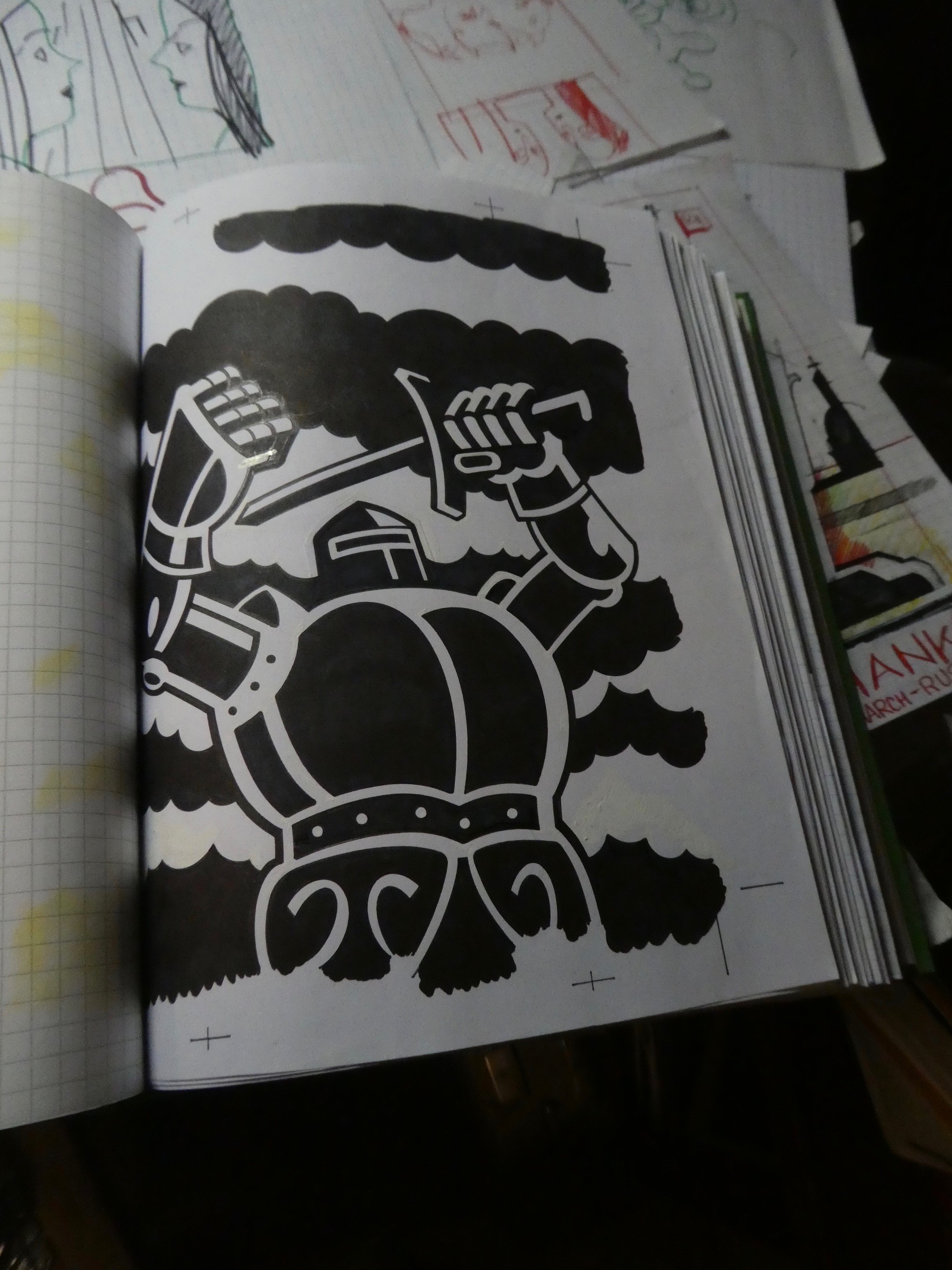
EDITED BY JOSHUA GLENN
Introduction by JOSHUA GLENN
(August 1, 2023)
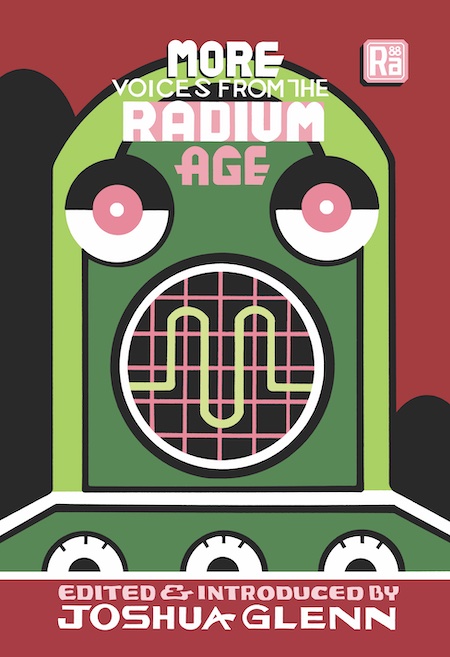
A planetary escape pod, an alien body-snatcher, an underground Alaskan city, and a war between the sexes in Atlantis! These are just a few of the outré elements you’ll find in More Voices from the Radium Age, a showcase of proto–science fiction edited and introduced by Joshua Glenn. This volume brings together well-known and lesser-known writers in an inclusive collection that features E. Nesbit and May Sinclair, two of the genre’s first female writers.
More Voices from the Radium Age also introduces readers to writers who have fallen into obscurity, including proto–sf pioneer George C. Wallis, the Russian Symbolist Valery Bryusov, and “weird” horror master Algernon Blackwood. It also includes H.G. Wells, who continued to make startling predictions in the early 20th century, and Abraham Merritt and George Allan England, two of the biggest names in the era of the pulp scientific romance.
An essential collection for any sci fi fan, More Voices from the Radium Age is a wild and darkly cathartic ride through the anxieties, fantasies, and nightmares that ultimately shaped the genre we now know as science fiction.
Press for More Voices from the Radium Age includes the following…
“A diverse, captivating collection… highlighting neglected voices in speculative and science fiction. These stories are sharp and relevant, addressing issues including climate change, women’s equality, advanced technologies, parallel universes, and dystopian societies.” — Foreword (starred review)
“Reprints, among other good things, A. Merritt’s ‘The People of the Pit’ (1918), a story that could have served as the template for half of Lovecraft’s contributions to Weird Tales.” — Michael Dirda, The Washington Post
Stories originally published 1901–1926. Cover illustrated and designed by Seth. See this book at The MIT Press.
(ABRIDGED EDITION)
WILLIAM HOPE HODGSON
Introduction by ERIK DAVIS
(August 15, 2023)
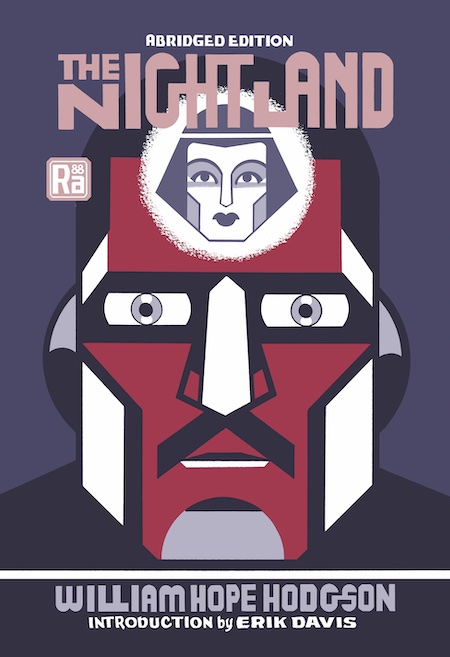
In the far future, humankind’s survivors huddle below the Earth’s frozen surface in a pyramidal fortress-city that, for centuries now, has been under siege by loathsome “ab-humans,” enormous slugs and spiders, and malevolent “watching things” from another dimension. When our unnamed protagonist receives a telepathic distress signal from a woman whom (in a previous incarnation) he’d once loved, he sallies forth on an ill-advised rescue mission — into the fiend-haunted Night Land!
“One of the most potent pieces of macabre imagination ever written.” — H.P. Lovecraft, “Supernatural Horror in Literature” (1927).
“[Good science fiction stories] give, like certain rare dreams, sensations we never had before, and enlarge our conception of the range of possible experience… W.H. Hodgson’s The Night Land [makes the grade] in eminence from the unforgettable sombre splendour of the images it presents…” — C.S. Lewis, “On Science Fiction” (1955)
“For all its flaws and idiosyncracies, The Night Land is utterly unsurpassed, unique, astounding. A mutant vision like nothing else there has ever been.” — China Miéville
Press for MITP’s edition of The Night Land includes the following…
“William Hope Hodgson’s extravagantly baroque vision of a desolate future Earth.” — Michael Dirda, The Washington Post
“The most extreme inquiry into human dependence on technology in the face of a nature perpetually degenerating into monstrosity and entropic heat death.” And: “Hodgson was clearly an inspiration for generations of writers such as H. P. Lovecraft, who learned a thing or two about hideous monsters from texts like this one.” — Michael D. Gordin, Los Angeles Review of Books
Originally published in 1912. Cover illustrated and designed by Seth. See this book at The MIT Press.
During 3Q2023, the series received the following publicity.
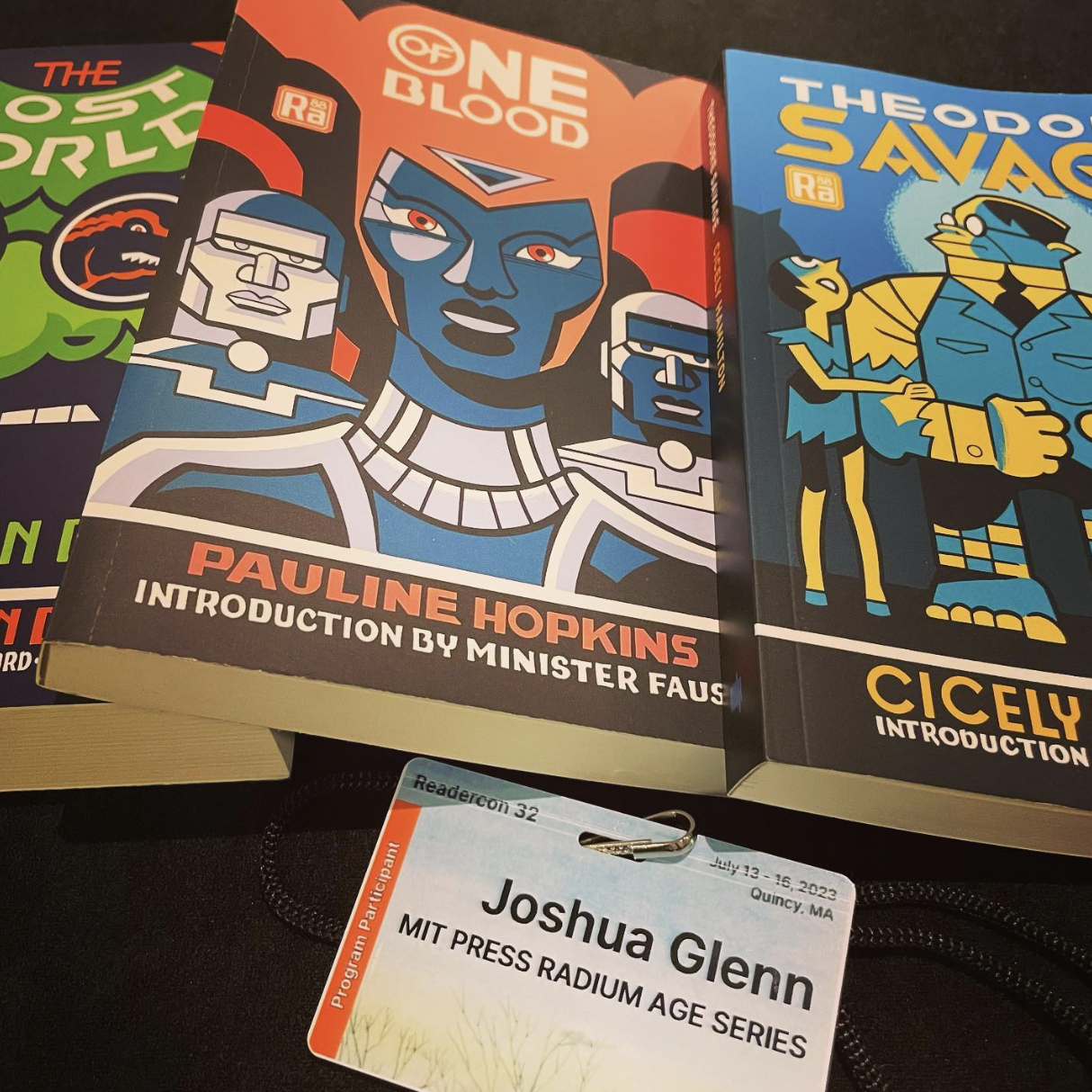
Josh participated in Readercon — an sf convention held every summer in the Boston area. He moderated three panels: SF Treasures of the Radium Age (with Annalee Newitz); How We Shape and Reshape Older Works (with Gary Wolfe, John Clute, Nadia Bulkin, and Pat Murphy); and The Pyrite Age of Science Fiction (with Gary Wolfe, Graham Sleight, Jeff Hecht, and Robert Killheffer).
Michael D. Gordin wrote a long piece about the Radium Age series (“lovingly curated by Joshua Glenn”) for the Los Angeles Review of Books. Excerpt:
“The selection of works is not so much an argument for coherence as a catch-all to enable readers to revel in its heterogeneity.” And: “The series’ freedom from genre purism lets us see how a specific set of anxieties — channeled through dystopias, Lovecraftian horror, arch social satire, and adventure tales — spurred literary experimentation and the bending of conventions.”
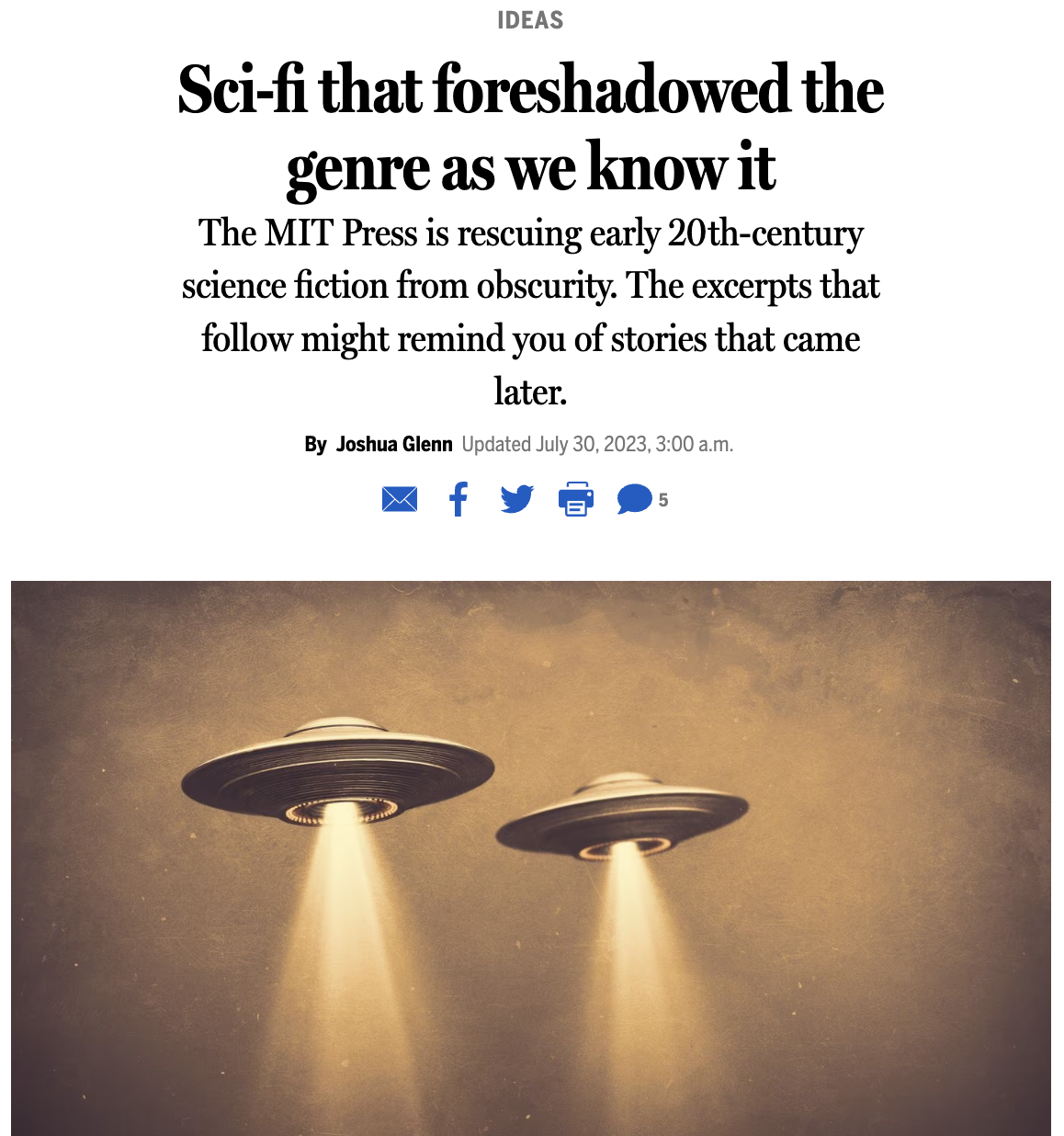
The Boston Globe‘s IDEAS section devoted an entire page to running excerpts from three stories collected in MORE VOICES FROM THE RADIUM AGE, along with some contextualizing remarks by the book’s editor.
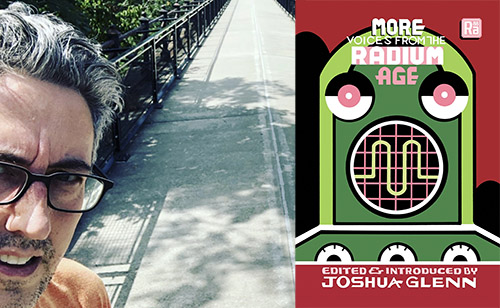
Josh was interviewed by Arley Sorg for the August issue of the sf/f magazine Clarkesworld.
LitHub published “Problems Plus Time: What Creates a Dystopia, Real or Imagined,” Madeline Ashby’s introduction to the RADIUM AGE series’ edition of G.K. Chesterton’s The Napoleon of Notting Hill.
LitHub also published Josh’s introduction to More Voices from the Radium Age.
Foreword‘s THIS WEEK newsletter published an interview with Josh about the series.
The MIT Press Reader published a short excerpt from William Hope Hodgson’s The Night Land, along with a few notes from Erik Davis’s introduction.
Sasha Karsavina published a thoughtful essay in the Los Angeles Review of Books about the MIT Press’s edition of Arthur Conan Doyle’s The Lost World and The Point Belt. Excerpt:
Written when Europe’s attempts to conquer time and space through technological means threatened to disenchant a rapidly contracting globe, Doyle’s Professor Challenger series made the planet and its processes strange again. Doyle’s late-career canon — replete with sentient planets, toxic atmospheres, and closed ecological systems — anticipates the windswept tableaux vivants of Jeff VanderMeer’s and Chen Qiufan’s contemporary climate fiction, among others.
“Add [it] to your August Reading List.” — Gizmodo included More Voices from the Radium Age in their roundup of recommended sf story collections.

Erik Davis — who contributed an introduction to the MITP’s edition of William Hope Hodgson’s The Night Land — was a guest on the Sept. 26 episode of Weird Studies — a podcast via which Phil Ford and J.F. Martel host conversations about “ideas that are hard to think and art that opens up rifts in what we are pleased to call ‘reality.'” The Night Land was the subject of an in-depth, fascinating discussion….
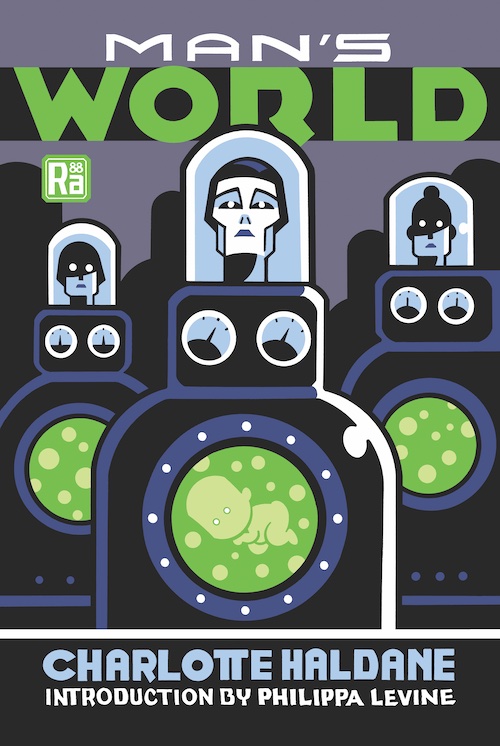
During 3Q2023, Josh worked with the MIT Press production team to finalize the series’ Spring 2024 titles: The Inhumans and Other Stories: A Selection of Bengali Science Fiction (March 12, edited and translated by Bodhisattva Chattopadhyay); and Charlotte Haldane’s Man’s World (March 12, introduced by Philippa Levine).
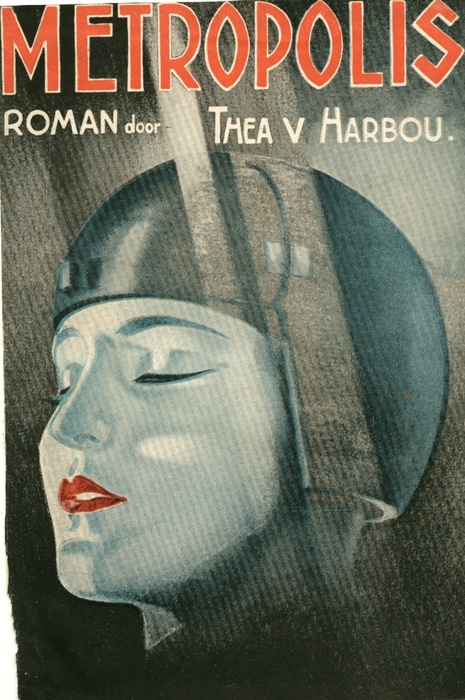
In June, here at HILOBROW, we added the page SISTERS OF THE RADIUM AGE — an amazing resource of proto-sf stories by women. A work in progress, this list was compiled by Lisa Yaszek and her students at Georgia Tech.
Also…
HILOBROW published new installments in the RADIUM AGE POETRY series. Josh is collecting (pro- or anti-) science-, mathematics-, technology-, space-, apocalypse-, dehumanization-, disenchantment-, and/or future-oriented poem published during sf’s emergent Radium Age (c. 1900–1935). Here’s the 3Q2023 lineup:
Edna St. Vincent Millay’s EUCLID ALONE | W.J. Turner’s IN TIME LIKE GLASS | D.H. Lawrence’s THE THIRD THING | Mina Loy’s LUNAR BAEDEKER | Robinson Jeffers’s ROAN STALLION | Velemir Khlebnikob’s “THERE IS THAT SMELL…” | D.H. Lawrence’s ROBOT FEELINGS | Irma Valeria’s LET’S LAUGH AT THE UNIVERSE | & more.
See a thematically organized list of these poems here.
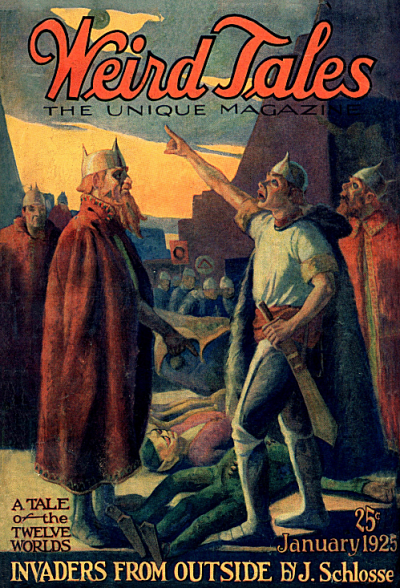
Here at HILOBROW, as we have been doing for a decade now, during 3Q2023 we serialized a few of our favorite Radium Age proto-sf stories. Here’s the lineup:
- Leslie F. Stone’s “When the Sun Went Out” (1929)
- Francis Stevens’s “Unseen — Unfeared” (1919)
- Lilith Lorraine’s “The Brain of the Planet” (1929)
- J. Schlossel’s “Invaders from Outside” (1925)
MORE RADIUM AGE SCI FI ON HILOBROW: RADIUM AGE SERIES from THE MIT PRESS: In-depth info on each book in the series; a sneak peek at what’s coming in the months ahead; the secret identity of the series’ advisory panel; and more. | RADIUM AGE: TIMELINE: Notes on proto-sf publications and related events from 1900–1935. | RADIUM AGE POETRY: Proto-sf and science-related poetry from 1900–1935. | RADIUM AGE 100: A list (now somewhat outdated) of Josh’s 100 favorite proto-sf novels from the genre’s emergent Radium Age | SISTERS OF THE RADIUM AGE: A resource compiled by Lisa Yaszek.

